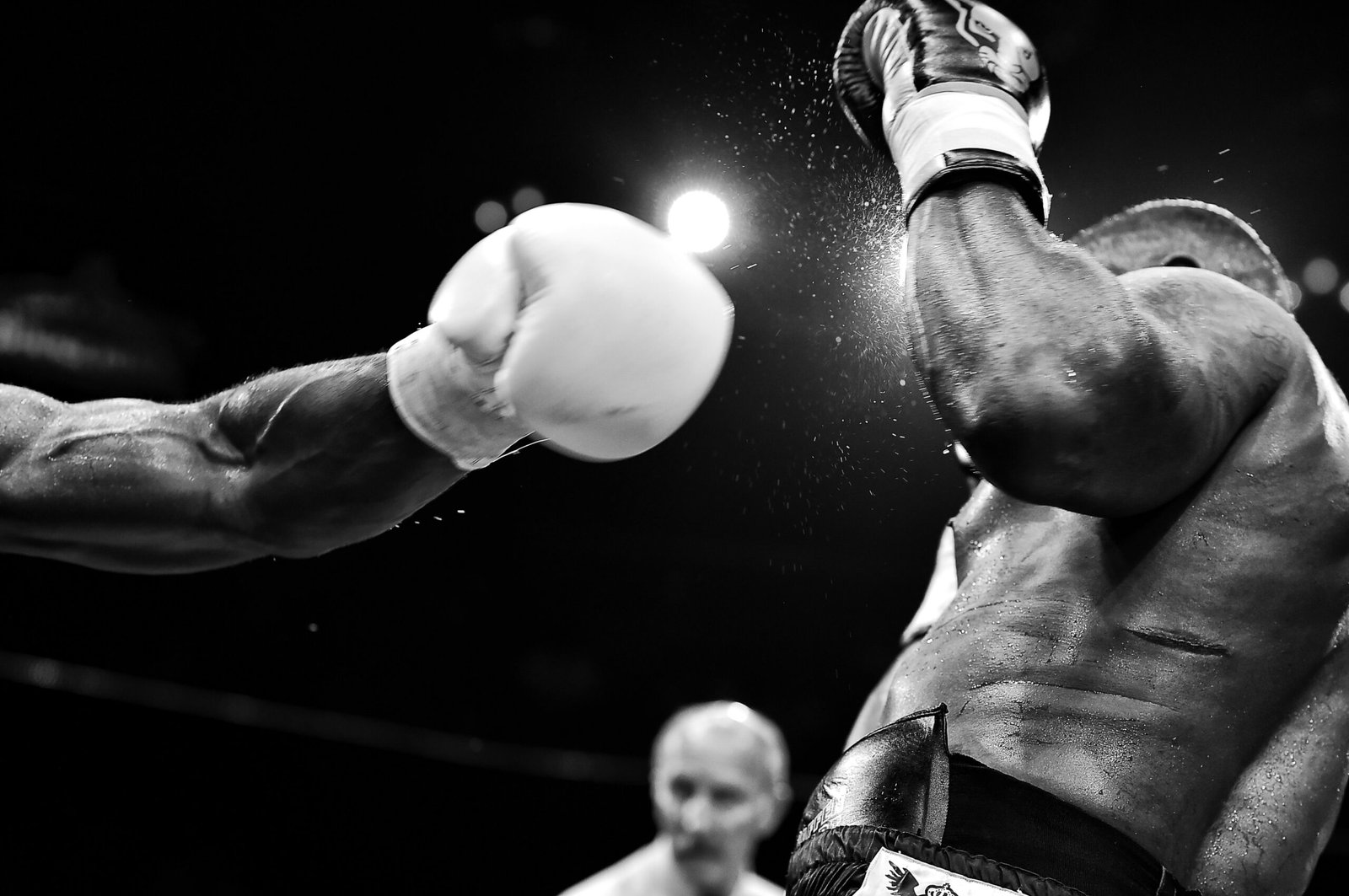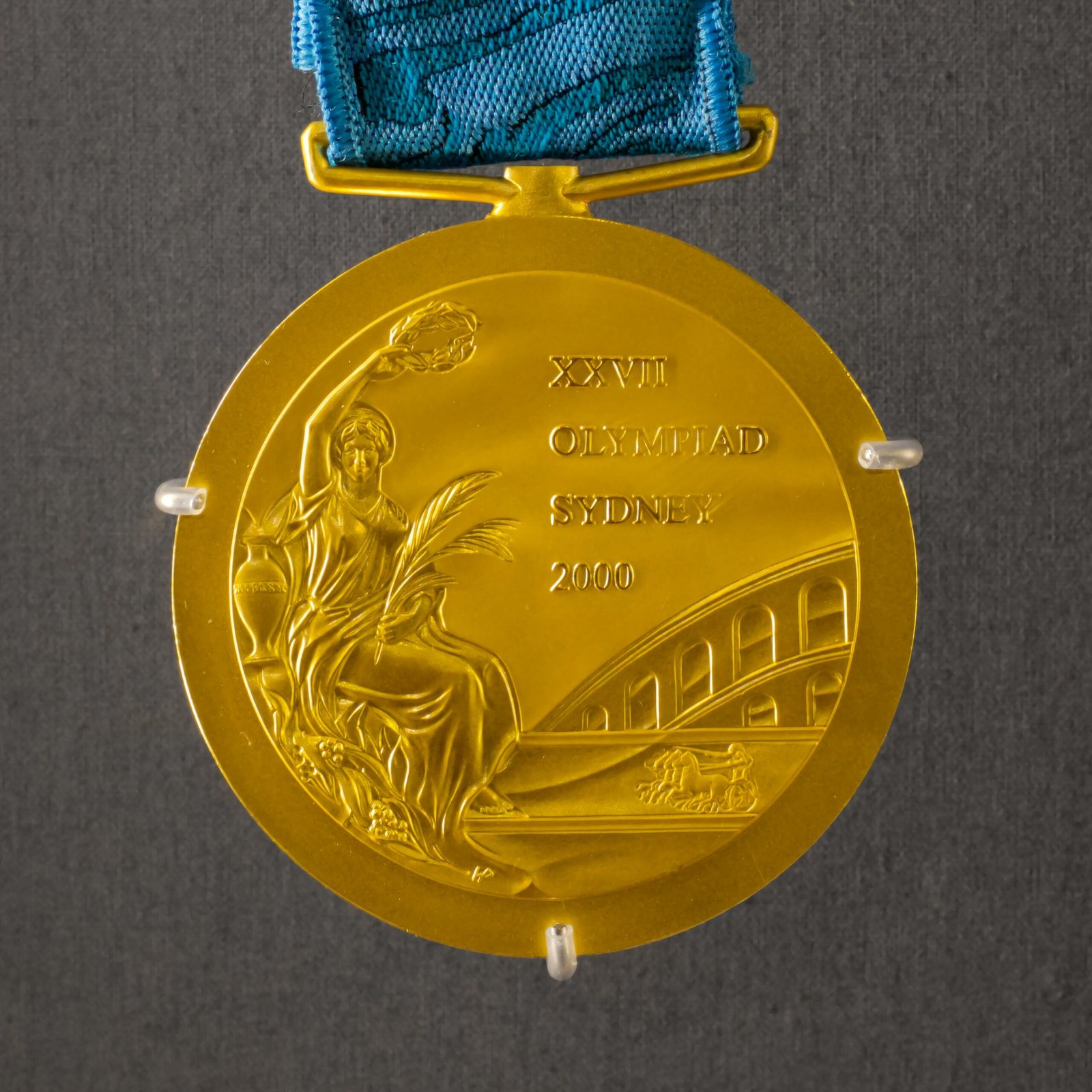
Boxing at the Olympics can be traced back to the ancient Olympic Games in Greece, where it was known as pygmachia. This early form of boxing was much different from the sport we know today. There were no weight classes, rounds, or gloves. Instead, fighters would wrap leather straps around their hands for protection and engage in a brutal, bare-knuckle brawl.
As the Olympic Games evolved over the centuries, so did the sport of boxing. It wasn’t until the 18th century that modern boxing rules began to take shape. The Marquess of Queensberry rules, which introduced the use of gloves, rounds, and weight classes, were adopted in the late 19th century and became the standard for professional boxing. These rules also influenced the way boxing was conducted at the Olympics.
Boxing made its official debut at the modern Olympic Games in 1904 in St. Louis, United States. However, it was not until the 1908 London Olympics that the sport gained widespread recognition and popularity. The London Games marked the first time that boxing was included as an official Olympic event, with medals awarded to the winners.
Since then, boxing has been a staple of the Olympic Games, captivating audiences with its intense bouts and showcasing the skills of some of the world’s most talented fighters. Over the years, the sport has seen many changes and adaptations to keep up with the evolving nature of boxing.
One significant change came in 1948 when the International Amateur Boxing Association (AIBA) was established as the governing body for amateur boxing. The AIBA introduced a scoring system based on points, which replaced the previous system of awarding victories based on knockouts or stoppages.
In recent years, there have been further changes to the format of Olympic boxing. In 2012, women’s boxing was included for the first time, making the sport more inclusive and providing female athletes with the opportunity to compete at the highest level. Additionally, the number of weight classes has been expanded, allowing for a greater diversity of fighters to participate in the Games.
Despite these changes, the essence of boxing remains the same at the Olympics. It is a sport that demands discipline, skill, and determination. The Olympic boxing ring has been the stage for countless iconic moments, from Muhammad Ali’s gold medal-winning performance in 1960 to the rise of modern-day legends like Vasyl Lomachenko and Claressa Shields.
As we look ahead to future Olympic Games, it is clear that boxing will continue to be a highlight of the event. The sport’s rich history and enduring appeal ensure that it will always have a place on the Olympic stage, captivating audiences and inspiring generations of fighters to strive for greatness.
As the popularity of boxing grew, so did the interest in including it as a sport in the Olympic Games. In 1904, boxing made its official debut as an Olympic event at the St. Louis Games. However, the early years of Olympic boxing were not without controversy.
One of the major issues was the lack of standardized rules across different countries. Each nation had its own set of regulations, leading to confusion and disputes during international competitions. To address this, the International Boxing Association (AIBA) was formed in 1920 to establish uniform rules and regulations for the sport.
With the establishment of the AIBA, Olympic boxing began to gain more structure and credibility. The number of weight classes was expanded, ensuring that fighters competed against opponents of similar size and skill level. The introduction of time limits for each round added a new level of strategy to the sport, as fighters had to carefully manage their energy and pacing throughout the match.
In addition to these rule changes, advancements in technology also had a significant impact on Olympic boxing. The introduction of protective headgear in the 1980s aimed to reduce the risk of head injuries and make the sport safer for participants. However, in recent years, there has been a debate about the effectiveness of headgear in preventing concussions and its potential impact on the scoring system.
Another significant development in Olympic boxing was the inclusion of women’s boxing. For many years, women were not allowed to compete in boxing at the Olympic Games. However, in 2012, the International Olympic Committee recognized the growing popularity and skill level of women’s boxing and decided to include it as an official event. This decision not only provided female boxers with a platform to showcase their talent but also helped to further promote gender equality in the sport.
In conclusion, the origins of boxing at the Olympics can be traced back to ancient Greece, where it was a brutal and deadly sport. Over time, the rules and regulations of Olympic boxing evolved, with the introduction of gloves, weight classes, and time limits. The establishment of the AIBA and advancements in technology further shaped the sport, making it safer and more structured. The inclusion of women’s boxing in recent years has also contributed to the growth and diversity of Olympic boxing, ensuring that the sport continues to captivate audiences around the world. One of the most iconic moments in Olympic boxing history took place in 1976 at the Montreal Olympics. This was the year when a young and talented boxer named Sugar Ray Leonard burst onto the scene. Leonard, competing in the light welterweight division, showcased his incredible speed, agility, and boxing skills throughout the tournament. His performances captivated the audience and left his opponents in awe. Leonard’s journey to the gold medal was not an easy one, as he had to face tough opponents from various countries. However, he emerged victorious in every bout, displaying his exceptional talent and determination. The final match against the reigning champion was a nail-biting affair, with both fighters giving their all. In the end, Leonard’s superior technique and strategic approach earned him a well-deserved gold medal. This triumph marked the beginning of a legendary career for Sugar Ray Leonard, who went on to become one of the greatest boxers of all time. His success at the Olympics propelled him into the professional boxing world, where he achieved multiple world titles in different weight divisions. Leonard’s remarkable journey from the Olympic stage to the professional arena serves as an inspiration to aspiring boxers worldwide, showcasing the transformative power of the Olympic Games.
Changes in Olympic Boxing
In recent years, there have been significant changes in the way boxing is conducted at the Olympics. One of the most notable changes came in 2016, when the International Boxing Association (AIBA) decided to remove headgear from men’s boxing matches. This decision was made in an effort to align Olympic boxing more closely with professional boxing, where headgear is not worn.
Removing headgear was a controversial move that sparked debates among boxing enthusiasts and medical professionals. Proponents of the change argued that it would make the sport more exciting and allow for better visibility of the fighters’ faces, enhancing the overall spectator experience. They also claimed that headgear could create a false sense of security, leading to more reckless and dangerous fighting styles. Opponents, on the other hand, expressed concerns about the increased risk of head injuries and long-term brain damage for the athletes.
Despite the initial reservations, the decision to remove headgear has remained in place, and its impact on Olympic boxing has been closely monitored. Preliminary studies have shown mixed results regarding the effects of this change. Some research suggests that the removal of headgear has led to an increase in the incidence of cuts and facial injuries among boxers, while others argue that it has not significantly affected the overall safety of the sport.
Another change that has been implemented is the introduction of a new scoring system. In the past, Olympic boxing matches were scored using a computerized system that often led to controversial decisions. The previous system relied heavily on the number of punches thrown, which sometimes resulted in fighters adopting a volume-based strategy rather than focusing on clean and effective punches.
The new scoring system aims to address these concerns by placing greater emphasis on the quality and accuracy of punches landed. A panel of judges now evaluates each round based on specific criteria, including the number of clean punches, effective aggression, defense, and ring generalship. This subjective approach has its own set of challenges, as it introduces the potential for human error and bias in the scoring process. However, proponents argue that it provides a more comprehensive assessment of a boxer’s performance and encourages a more strategic and skill-based approach to the sport.
The changes in Olympic boxing reflect an ongoing effort to evolve and adapt the sport to meet the demands of both athletes and spectators. While controversies and debates continue to surround these changes, they serve as a testament to the dynamic nature of boxing and the constant pursuit of improvement within the sport.
The Future of Boxing at the Olympics
As boxing continues to evolve, the future of the sport at the Olympics remains uncertain. There have been discussions about including professional boxers in future Olympic Games, which would add another layer of excitement and prestige to the competition. However, there are also concerns about the potential for mismatches and the impact it could have on the amateur boxers who currently participate in the Games.
Despite these uncertainties, one thing is certain: boxing will always have a place at the Olympics. The sport has a rich history and a passionate following, and the Olympic Games provide a platform for the world’s best boxers to showcase their skills on a global stage. Whether it’s the thrill of a knockout punch or the drama of a close decision, boxing at the Olympics will continue to captivate audiences and inspire future generations of fighters.
In recent years, there has been a growing interest in the inclusion of professional boxers in the Olympic Games. Proponents argue that allowing professionals to compete would raise the level of competition and bring in more star power to the event. They believe that the inclusion of professional boxers would attract a larger audience and generate more revenue for the sport. Additionally, it would provide an opportunity for professional boxers to represent their countries and compete for Olympic glory.
However, there are valid concerns about the potential impact of this change. One of the main concerns is the potential for mismatches between professional and amateur boxers. Professional boxers have years of experience and training, which could give them a significant advantage over their less experienced amateur opponents. This could lead to one-sided fights and potentially dangerous situations for the amateur boxers. Critics argue that the Olympics should remain a platform for amateur athletes and that the inclusion of professionals would undermine the integrity of the competition.
Another concern is the impact on the current system of amateur boxing. The Olympic Games have long been a stepping stone for amateur boxers, providing them with a platform to showcase their skills and potentially secure professional contracts. If professional boxers were allowed to compete in the Olympics, it could potentially diminish the opportunities available for amateur boxers. This could have a negative impact on the development of the sport at the grassroots level, as young boxers may be less motivated to pursue the amateur route if they see professionals competing at the Olympics.
Despite these concerns, the future of boxing at the Olympics is likely to include some form of inclusion for professional boxers. The International Boxing Association (AIBA) has already taken steps in this direction by allowing professional boxers to compete in the Olympic qualifying tournaments. This move has been met with mixed reactions, but it indicates a shift towards a more inclusive approach to the sport.
In conclusion, boxing at the Olympics has a long and storied history, with countless memorable moments and legendary fighters making their mark on the Olympic stage. From its brutal beginnings in ancient Greece to the modern version we know today, the sport has evolved and adapted over time. As we look to the future, there are sure to be more changes and challenges, but one thing is certain: boxing will always have a place at the Olympics.




